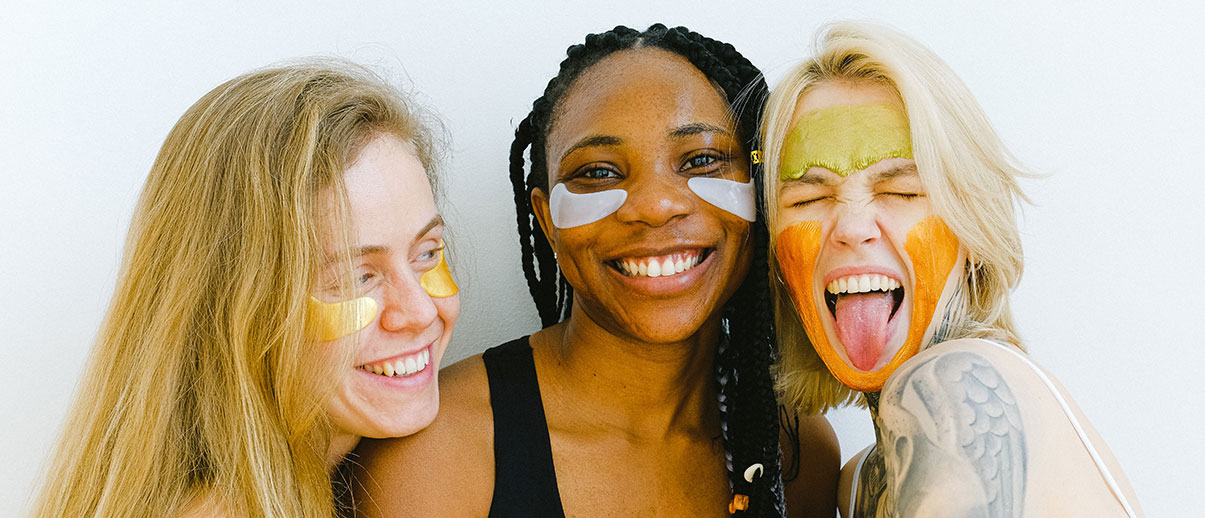Recent Articles
Could AI Help Write Better Research Briefs? Plus, 5 exciting AI tools to try
Beauty Disrupted:
How Gen Z’s activism and drive for transparency is changing the beauty space
By Erica Foster, Associate Director, Egg Chicago
It’s no secret that beauty trends ebb and flow – some of us are still suffering the consequences and PTSD after over-plucking our eyebrows in the 90s. However, a marked shift between Millennials and Gen Z in all things buying and applying beauty has left strategists like me stumped and brands racing to keep up.
At Egg Strategy, we’ve done countless beauty studies across both personal care and cosmetics. Functionally, we see differences in what each generation pursues at stores. Beyond this, we’ve seen the desire for increased transparency around ingredients and the mandate for sustainability across production and packaging, especially among these younger consumers, become increasingly important. In a recent article, the New York Times noted “[For Gen Z consumers,] a company can’t just sell skin care, cosmetics, hair care or perfume. Good product matters, but what matters more is standing for something…There’s an expectation of comment on sustainability, social justice, police reform and, soon, a presidential election.”
This demand for altruism has led Gen-Zers, the first generation to grow up with social media and selfie culture, to act autonomously and dig into review sites like the Inkey List to properly explore and vet brands. Where a Millennial may stroll up to the Macy’s counter begging for samples, Gen Z beauty lovers are much more tactful. In a recent Stylus article about the merger between beauty and
sustainability, Zahra Broadfield, founder of Sust Beauty, said, “The ‘more is more’ approach is definitely over…When a consumer is presented with six samples for every product bought, lots of miniatures as a gift with purchase or a list of ‘essential’ steps to a skincare regimen, it all becomes pretty distasteful and feels irresponsible and unnecessary.”
So, if Gen Z consumers want transparency and goodwill from the brands they buy, the immediate next question is “what’s in it for them?” If we look at advertisements for Gen Z beauty brands like Florence by Mills or Morphe 2, there’s a distinct push away from “looking picture perfect” to “being the realest they can be.” Where Millennials were pushed toward tutorials to teach how to be a walking Instagram filter, Gen Z consumers are merely looking to enhance their natural features. In this vein, Starface, a skincare brand targeting Gen Z, released a line of Hydro-Stars, star-shaped pimple healers that reduce inflammation and help healing. The trick? They look like star stickers that stand out, rather than camouflage. In their words, they are “pro pimple” – “Hydro Stars turn treating spots into self-reflection. Never feel sad or cancel plans over pimples again.”
So what does this mean for the beauty space, and how can brands properly respond to these changing functional and emotional needs without alienating older consumers? In the words of Emily Weiss, fellow Millennial and founder of Gen Zloved brand, Glossier, “[the beauty category] has historically been an industry based on experts telling you, the customer, what you should or shouldn’t be using on your face.”
If Millennials are the last of the beauty consumers to respond to what they’re told to be and use, and Gen Z beauty lovers are showing a distinct movement to more individualized needs and perspectives, that means brands have greater table stakes to meet for consideration across communication, marketing strategy, and consumer targeting, which will surely increase as these consumers occupy a greater footprint of spending and usage.
